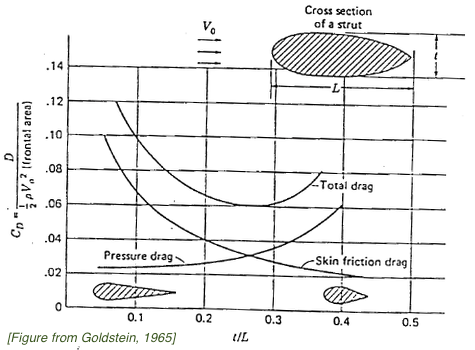 On the diverse roles of fluid dynamic drag in animal swimming and flying
On the diverse roles of fluid dynamic drag in animal swimming and flying
R. Godoy-Diana & B. Thiria
Journal of the Royal Society Interface 15 20170715 (2018)
[doi:10.1098/rsif.2017.0715]
Questions of energy dissipation or friction appear immediately when addressing the problem of a body moving in a fluid. For the most simple problems, involving a constant steady propulsive force on the body, a straightforward relation can be established balancing this driving force with a skin friction or form drag, depending on the Reynolds number and body geometry. This elementary relation closes the full dynamical problem and sets, for instance, average cruising velocity or energy cost. In the case of finite-sized and time-deformable bodies though, such as flapping flyers or undulatory swimmers, the comprehension of driving/dissipation interactions is not straightforward. The intrinsic unsteadiness of the flapping and deforming animal bodies complicates the usual application of classical fluid dynamic forces balance. One of the complications is due to the fact that the shape of the body is indeed changing in time, accelerating and decelerating perpetually, but also because the role of drag (more specifically the role of the local drag) has two different facets, participating at the same time to global dissipation and to driving forces. This causes situations where a strong drag is not necessarily equivalent to inefficient systems. A lot of living systems are precisely using strong sources of drag to optimise their performance. In addition to revisiting classical results under the light of recent research on these questions, we discuss in this review the crucial role of drag from another point of view that concerns the fluid–structure interaction problem of animal locomotion. We consider in particular the dynamic subtleties brought by the quadratic drag that resists transverse motions of a flexible body or appendage performing complex kinematics, such as the phase dynamics of a flexible flapping wing, the propagative nature of the bending wave in undulatory swimmers, or the surprising relevance of drag-based resistive thrust in inertial swimmers.